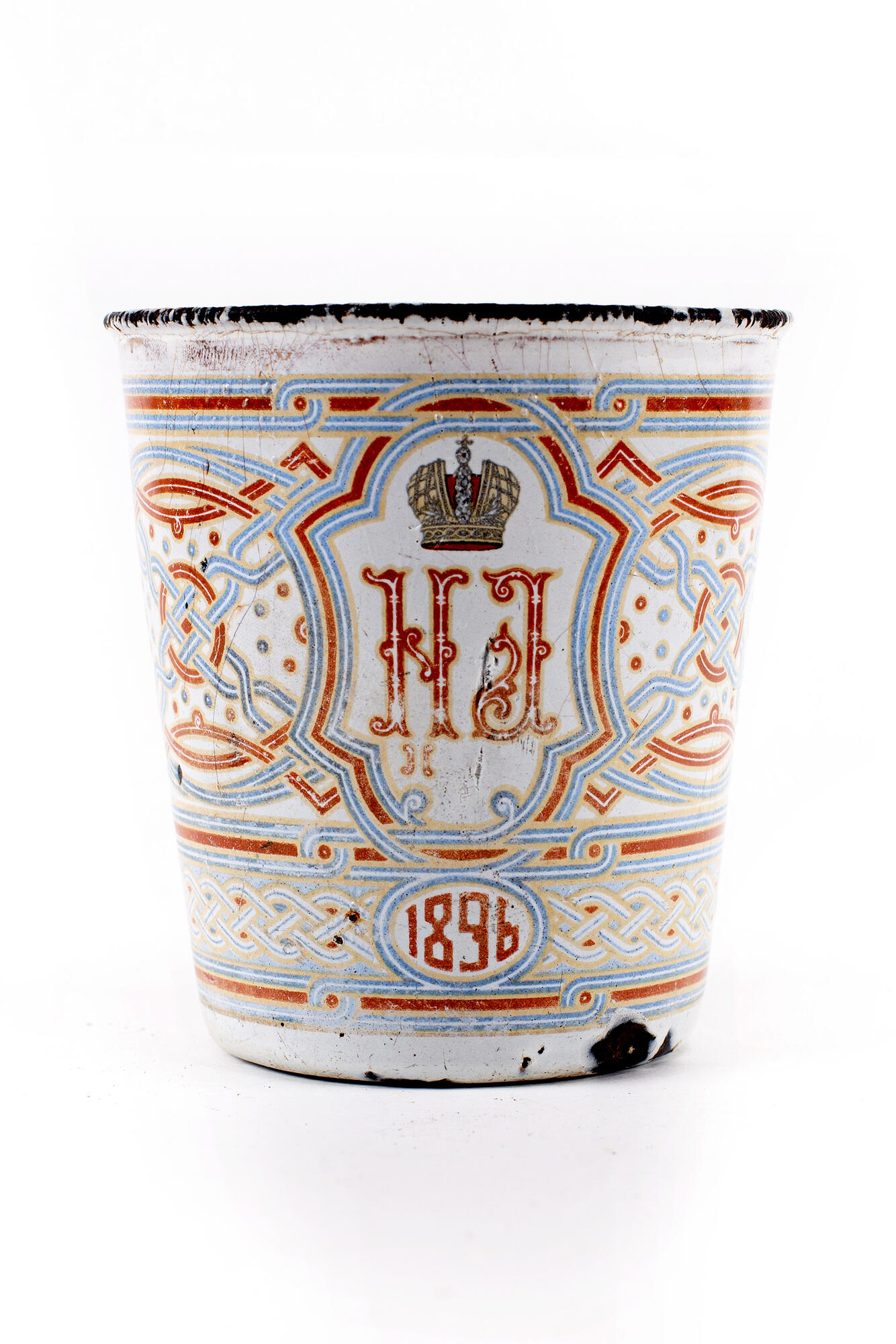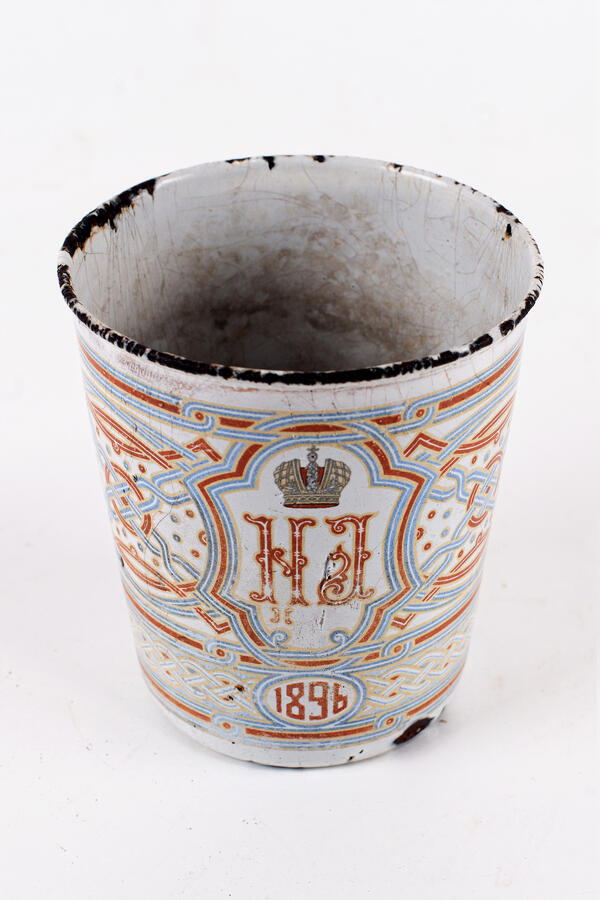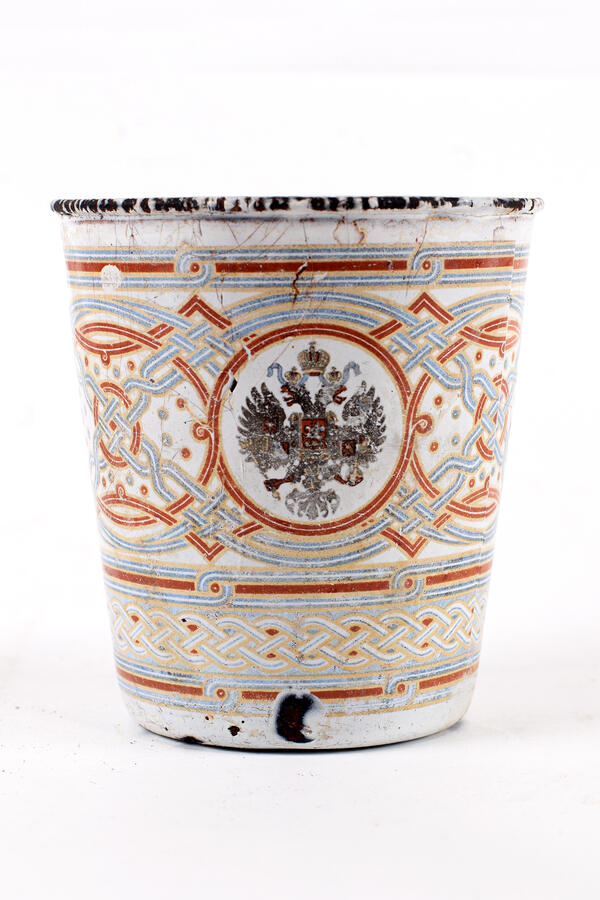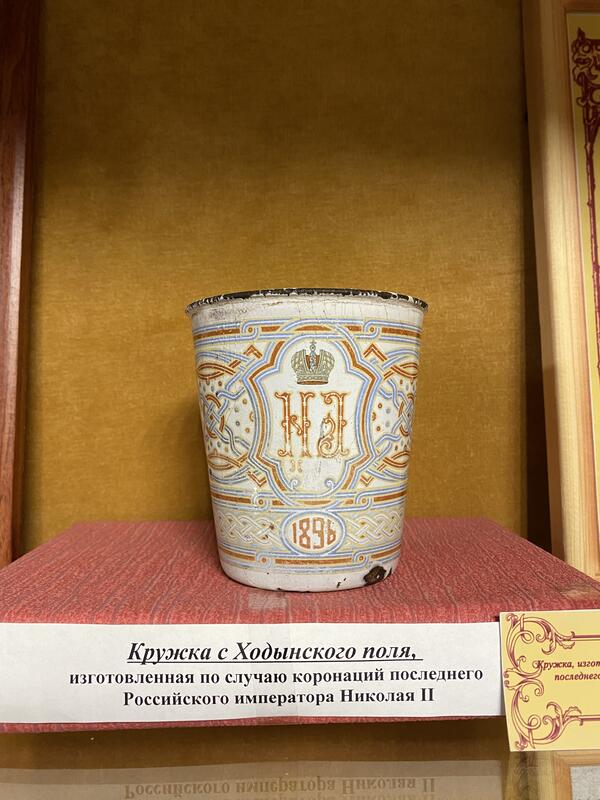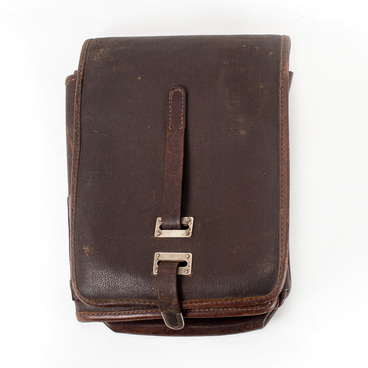On May 14 (26), 1896, the last Russian Emperor Nicholas II and his wife, Empress Alexandra Feodorovna, were crowned in the Assumption Cathedral of the Moscow Kremlin. This is an ancient ritual when the crown was bestowed upon grand dukes and tsars: after it, the sovereign became a true, anointed ruler in the eyes of the people. To observe the tradition, the Romanovs came to Moscow for the ceremony, although St. Petersburg was the capital of Russia at that time.
Preparations for the solemn event began six months prior. In Moscow, roads were put in order, palaces were restored and a new Royal Pavilion was built on Vorobyovy Gory. All along the route of Their Imperial Majesties, from the Petrovsky Palace to the Kremlin, the best artists and architects decorated houses, built columns, shields, arches, masts, and left greeting inscriptions with gilding, monograms, flags, colored fabrics, fringes and greenery. An innovative system of lighting was used in the Kremlin. In its scale and splendor, the coronation of Nicholas II surpassed all previous ceremonies.
To commemorate the solemn event, the Ministry of the Imperial Court ordered to issue souvenir coins, tokens, medals, sweets and the main gift — an enamel mug with the monograms of Their Highnesses. In total, 400,000 royal gifts were prepared for the people. Each gift was wrapped in a souvenir calico handkerchief. One side featured an image of the Kremlin and the Moscow River, the other — portraits of the imperial couple.
The tsar’s gift included wheat bread, sweets, a sausage, a gingerbread with the coat of arms, nuts and a commemorative mug, about which the writer Vladimir Gilyarovsky said:
Preparations for the solemn event began six months prior. In Moscow, roads were put in order, palaces were restored and a new Royal Pavilion was built on Vorobyovy Gory. All along the route of Their Imperial Majesties, from the Petrovsky Palace to the Kremlin, the best artists and architects decorated houses, built columns, shields, arches, masts, and left greeting inscriptions with gilding, monograms, flags, colored fabrics, fringes and greenery. An innovative system of lighting was used in the Kremlin. In its scale and splendor, the coronation of Nicholas II surpassed all previous ceremonies.
To commemorate the solemn event, the Ministry of the Imperial Court ordered to issue souvenir coins, tokens, medals, sweets and the main gift — an enamel mug with the monograms of Their Highnesses. In total, 400,000 royal gifts were prepared for the people. Each gift was wrapped in a souvenir calico handkerchief. One side featured an image of the Kremlin and the Moscow River, the other — portraits of the imperial couple.
The tsar’s gift included wheat bread, sweets, a sausage, a gingerbread with the coat of arms, nuts and a commemorative mug, about which the writer Vladimir Gilyarovsky said:
